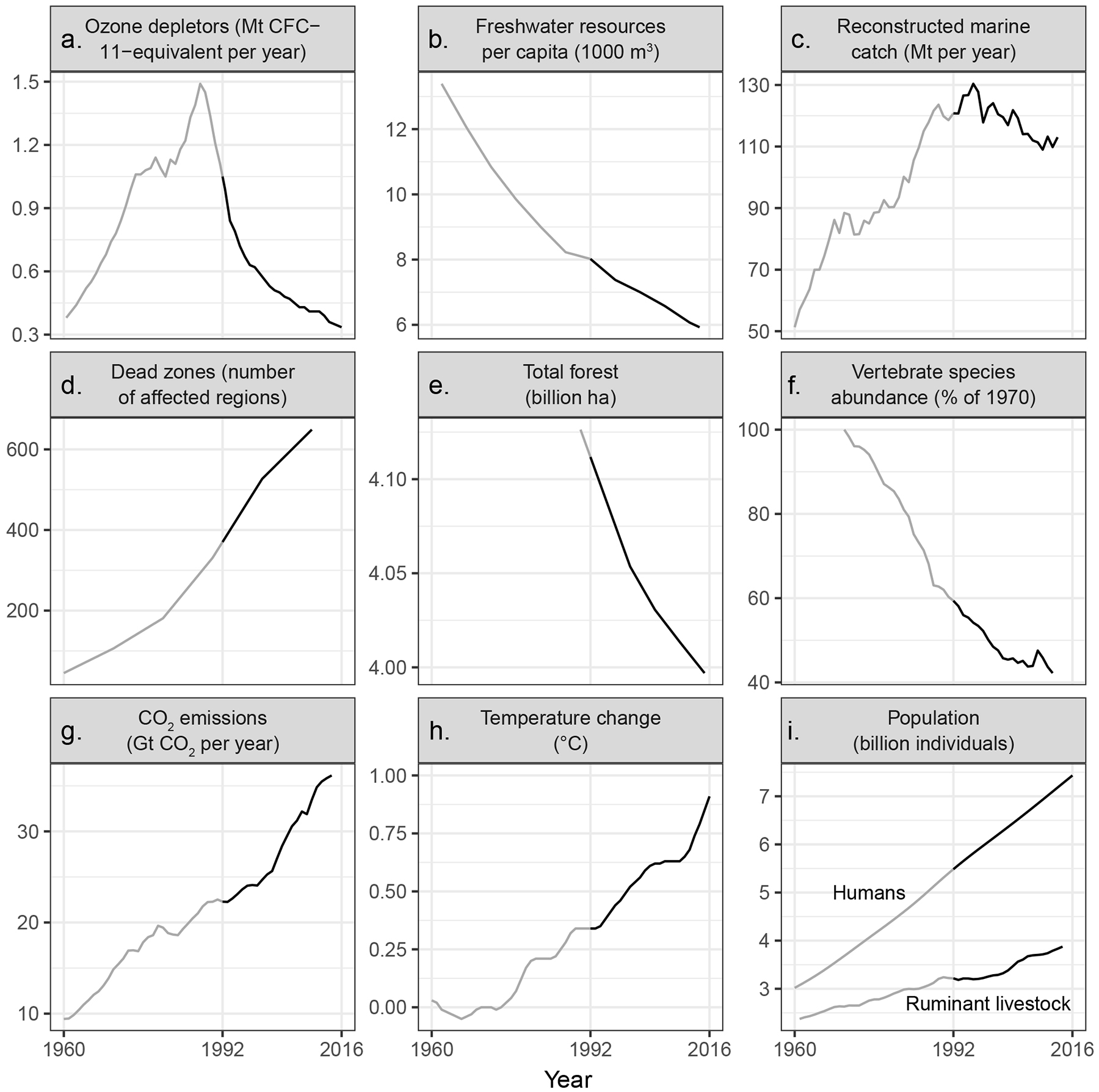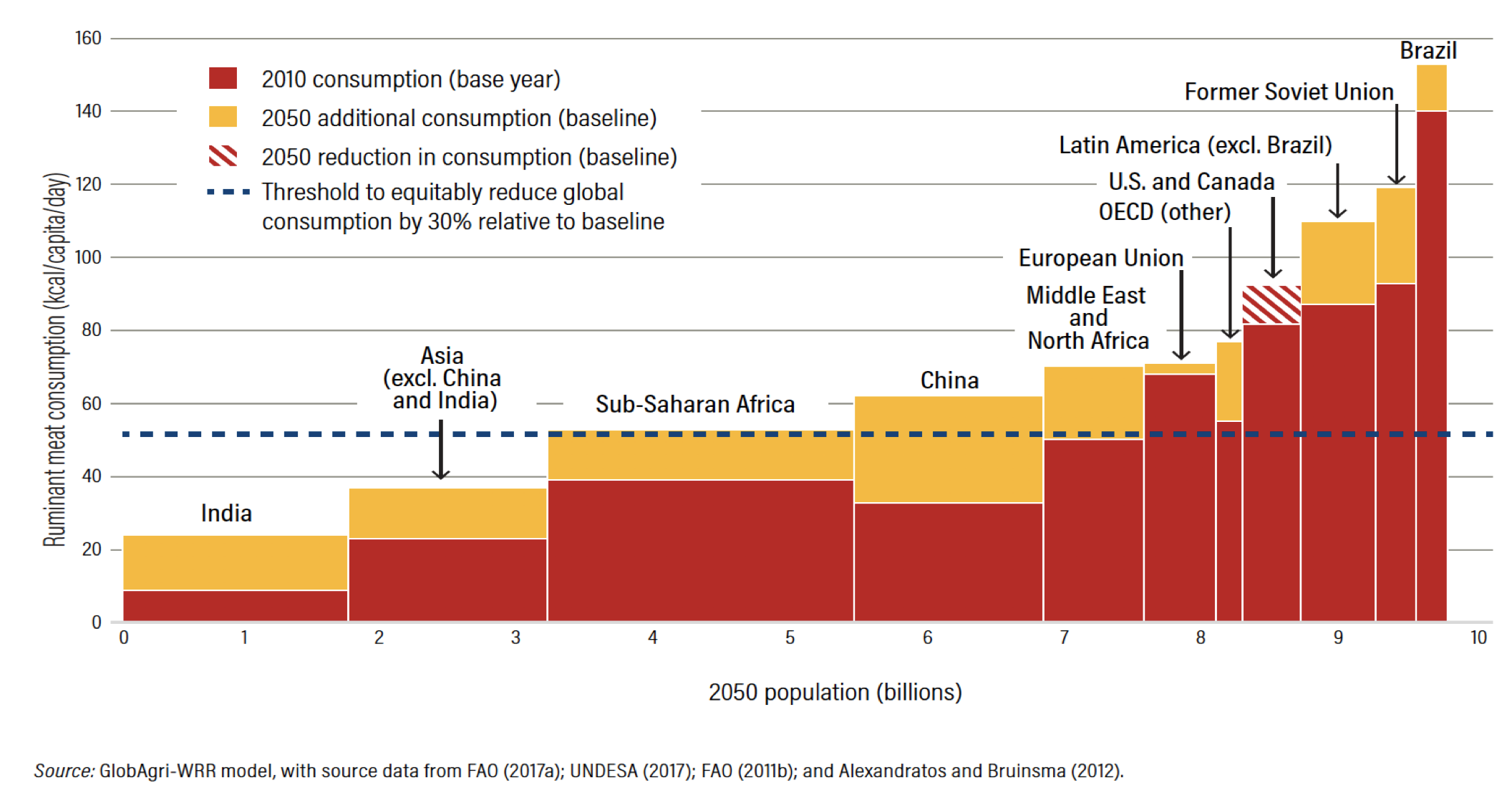Food Bytes is a weekly blog post of “nibbles” of information on all things food and nutrition science, policy and culture.
Ever wonder why the nutrition community doesn’t play nice with each other? I do. Phil Baker at Deakin University just published an interesting, but heady, paper trying to understand nutrition action networks and what it would take to make them more effective in garnering political commitment towards ending malnutrition. Just take a look at the figure below looking at the context in which nutrition sits. Talk about complex! They argue for four things to improve political commitment to nutrition:
Complex contexts for the nutrition world
Coordinating bodies that are better at advocating resources can of course, get more money and strengthen the networks in which they work.
Coordinating and governance bodies need to be more inclusive and transparent in their decision making.
Civil society should work to influence decision makers. Helps when transparency is in place.
Finances matter and create powerful incentives for us to play in the sandbox together.
I may have gotten all this wrong, but like I said, the paper is intense, but super important to better understand why nutrition hasn’t seen massive progress like other sectors. I really do think that the grand nutrition architecture has some serious issues around coordination, cooperation, and reality checks it needs to come to grips with. Not Phil’s words, but mine…For another blog post!
Of course, the nutrition community doesn’t just struggle with political commitment. It also struggles with delivering key interventions to those populations most in need. A recent study by Stuart Gillespie and colleagues looked at 24 different nutrition interventions to see if their coverage is measured and tracked in major health surveys done at the national level. These interventions are things like vitamin A and iron supplementation, growth monitoring, and infant feeding counseling. Basically the answer is no. The coverage of these interventions are not collected and not in any standard way across countries. The paper presented a few case studies including India. The figure on the right shows the scatter of data collection of key nutrition actions (counseling, growth monitoring and food supplements) typically not included in the core national health surveys. The bars show the national coverage of data and the dots are the states of India. Another paper published in PLoS medicine looked not only at whether or not a health intervention coverage was captured in surveys, but looked at need, use, and quality of those interventions. It would be great to see these authors do a follow up looking at those three measures to assess effective coverage of nutrition indicators.
And while we are ripping on the functionality of nutritionists and their work, let’s discuss the indecisiveness of the science they dabble in. The Atlantic published a piece on why nutritional sciences is so confusing for consumers. There have been a lot of articles on this recently, and I think it started with Michael Pollan’s book In Defense of Food a decade ago. The Atlantic argue that doing the science is very hard - figuring out what people eat and the consequences of those eating patterns - is not so straight forward and as the article highlighted “inexact.” But the evidence over decades has accumulated and most nutritionists agree largely on what is considered a healthy diet and the healthful habits that people should take on. But that is sort of boring isn’t it. The article also highlights the emerging role of the microbiome. But more on that later.
There have been a few recent papers looking at the impact of interventions to improve food environments. One was a systematic review and meta-analysis on sugar‐sweetened beverage - SSB - taxes and their impact on beverage purchases and dietary intake. A suite of different taxes were examined mainly in Europe and US cities. What the researchers found was that a 10% SSB tax was associated with an average decline in beverage purchases and dietary intake of 10% in 6 jurisdictions. This tax was associated with a 2% increase in total untaxed beverage consumption (e.g. water) but this was not significant. Another study looked at the anticipated impacts of implementing a 2016 Chilean Law of Food Labeling and Advertising mandating front‐of‐package (FOP) warning label for products high in sodium, total sugars, saturated fats, and/or total energy. Researchers photographed packaged food and beverage products from six different supermarkets in Santiago, Chile before the law went into effect. They found that basically very little reformulation by industry occurred before the law went into action and <2% of products would have avoided at least one warning label with reformulation. A similar study looked at the food supply ahead of the law implementation and found similar issues.
While we are on the topic of FOPs, a really interesting study looked at how realistic would it be to mandate these types of labels in the U.S. The study found that: “Certain interpretive FOP labels which provide factual information with colors or designs to assist consumers interpret the information could similarly withstand First Amendment scrutiny, but questions remain regarding whether certain colors or shapes would qualify as controversial and not constitutional. Labels that provide no nutrient information and only an image or icon to characterize the entire product would not likely withstand First Amendment scrutiny.” Wow. Interesting. Gotta love the ol’ US of A’s constitution.
The U.S. is not always the asshole in the room. Well, maybe we are. Let’s talk USAID. For those of you who are not familiar with them, they are the United States Agency for International Development and self describe as “the world's premier international development agency and a catalytic actor driving development results.” Okay…they are also the agency driving around in white trucks all over Africa and Asia with the cringe-worthy signage “From the American People.” Awkward. USAID has done some not so good things in international development but it has done some good things too, dammit. They have been committed to nutrition. The Official Development Assistance (ODA) numbers that are reported in the Global Nutrition Report each year demonstrate their financial commitment. They have supported many programs at a significant scale in low- and middle-income countries. Some impactful, some, not so much. I am really screwing myself over here to ensure I never get USAID money aren’t I. Anyways, they just published the history of USAID in nutrition. It is a nice story. Check it out.
Speaking of food environments and obesity, with the Chicago Council on Global Affairs, I did a one-minute video on why is obesity such an issue globally and the importance of food systems in solving, not just contributing to the issue. If your attention span lasts the whole one minute, you can find out my favorite food. It involves a food rich in zinc!
It’s not just food systems that need to improve if we want to make a dent in the obesity pandemic, it is what is inside our bodies as well. The microbiome is the next frontier for science and its role and relationship with obesity is a complex Game of Thrones TV series - it is going to take some time to dig into the history, to understand the future and who really rules us. Some researchers argue that our microbiota is associated with the propensity of being overweight. Others argue that diet is a big driver of the biome composition and species richness, maybe more so than the biological state of nutritional status - i.e. overweight and underweight. But unraveling this game requires us to be brave, yonder north of the wall, and live in peace with the Wildlings. And John Snow. Rrrrrrr.
And as always, I throw in something just to scare the hell out of any of you who are still living in la la land thinking the world is just bliss. Check out this paper. The title reads: "Global warming has increased global economic inequality.” Boom. Do I need to say more? Now you can go back to your mind-numbing regular programming.
Just so you don’t think I am a vindictive person, I leave you with Google’s Stories of Yoga. For any of you yogi gurus out there, this is everything you want and need to know about yoga, its history, its practice and its inspiration. See? I can be nice. NAMASTE!




